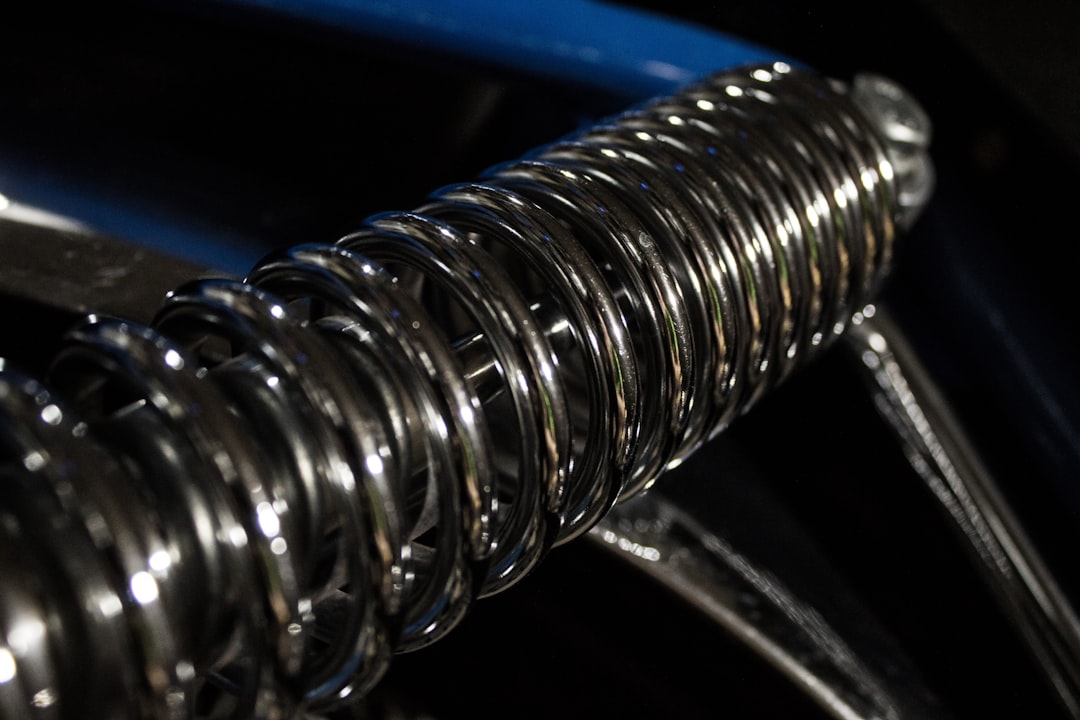What is it about?
Exploration of deeper oceans for oil and gas requires increasingly lightweight solutions. A key enabler in this aspect is the use of fiber-reinforced composite materials to replace metals in risers. However, design synthesis and analyses of composite risers are more challenging than for conventional metals due to the complex behavior and damage mechanisms which composite materials exhibit. Composite risers are predicted to be a high-impact technology that will be mainstream in the medium term but there is still relatively little literature pertaining directly to the behavior of these materials under the complex loading scenarios arising from their use in deep water structures. Therefore there is a need to perform a review and assessment of the available technologies and methodologies in the literature to gain a good understanding of their predictive capabilities, efficiency and drawbacks. This article provides a comprehensive review of published research on manufacture, experimental investigations and numerical analyses of composite risers in deepwater conditions determining the gaps and key challenges for the future to increase their application.
Featured Image
Why is it important?
• Composite risers will be a high impact technology for deepwater exploration. • They are predicted to become mainstream in the medium term. • However, the literature is unfocused and often relies on generic composite methods. • This review focuses on material specifically relating to riser applications. • It aims to highlight current gaps and key challenges to help focus future research.
Perspectives
With the growing importance of deep-water exploitation there is an increasing benefit in deploying composite risers. There is currently no state of the art review focusing on the design, manufacture and associated mechanics of composite materials in risers, this article aims to provide such a review. The most notable barriers that hinder the application of composite risers to its full potential are (i) manufacturing techniques and infrastructure to cost-effectively produce long tubular composite structures (ii) a lack of full-scale and in-situ results for verification and certification, thus resulting in a requirement for material properties to assess long term damage and (iii) modelling that takes into account the interaction of the wide range of loads that risers see in-situ and stochastic analysis techniques to help reduce the large safety factors in the currently available design standards. The review shows that the predicted benefits of using composite materials for risers are large with potential weight savings, decreased costs and increased structural strengths. Reviews on experimental studies signify the importance of multiscale level testing of composite risers including the scaling effects to bring the research testing close to practical applications. In addition, effective numerical approaches accounting for fluid-structure interaction are essential for better predicting the response of composite risers under harsh deep sea environment. Reliability and fatigue studies of composite risers are limited, it is recommended that further research in these fields are crucial to ensure expanded utilization of composite risers in deepwater applications.
Senior Researcher D.C. Pham
Owens Corning
Read the Original
This page is a summary of: A review on design, manufacture and mechanics of composite risers, Ocean Engineering, January 2016, Elsevier,
DOI: 10.1016/j.oceaneng.2015.12.004.
You can read the full text:
Contributors
The following have contributed to this page










